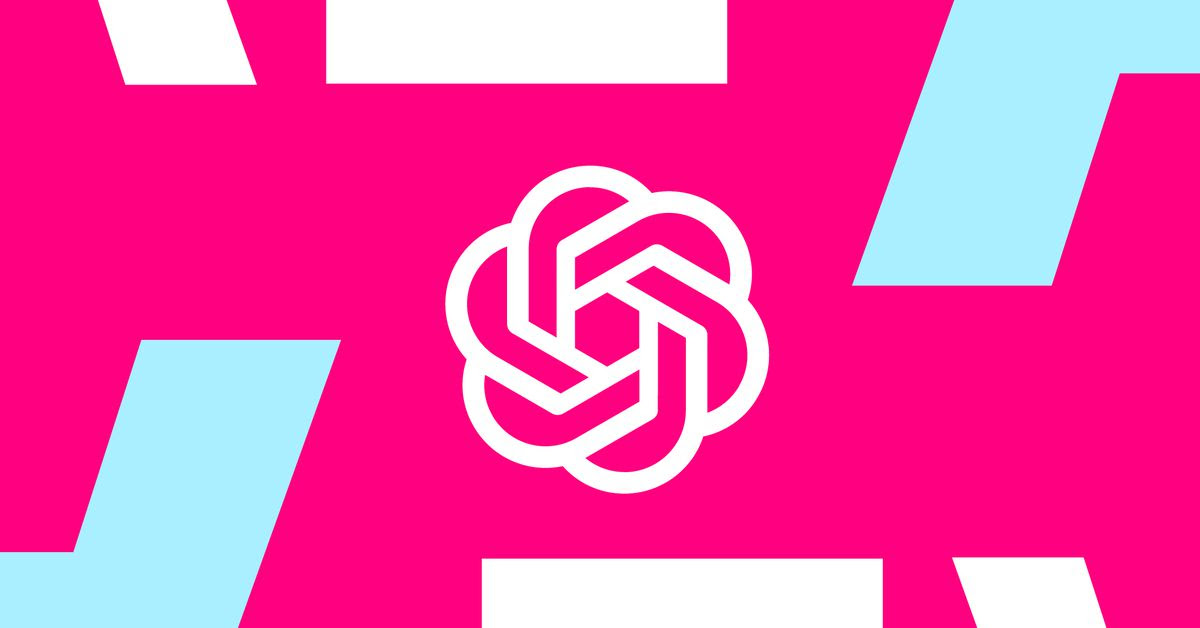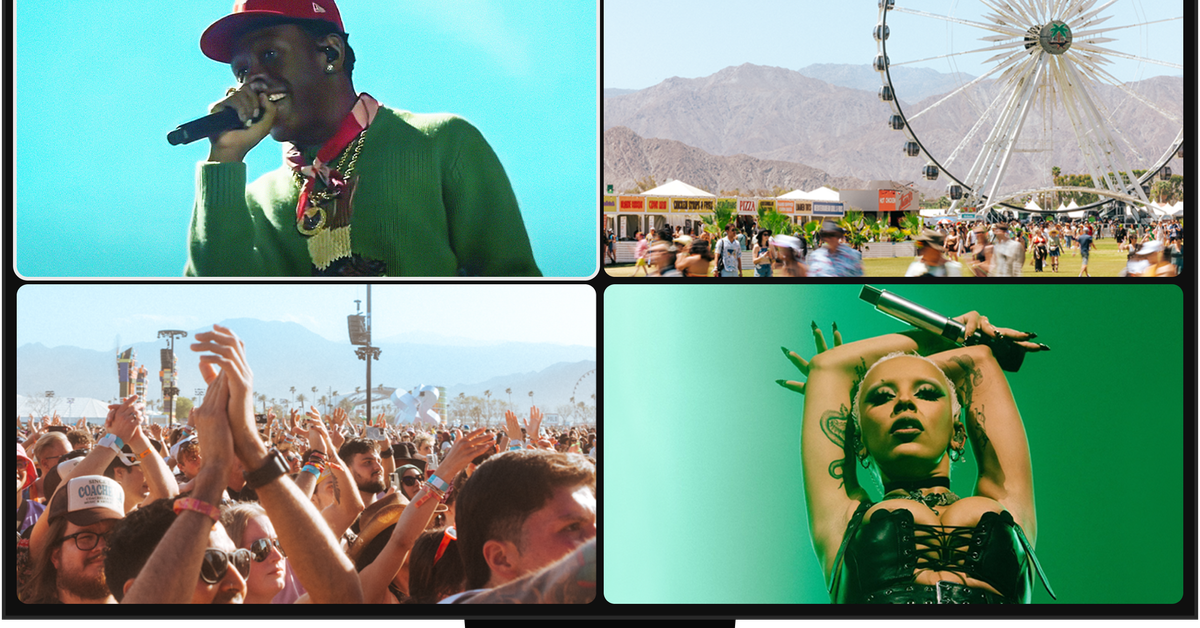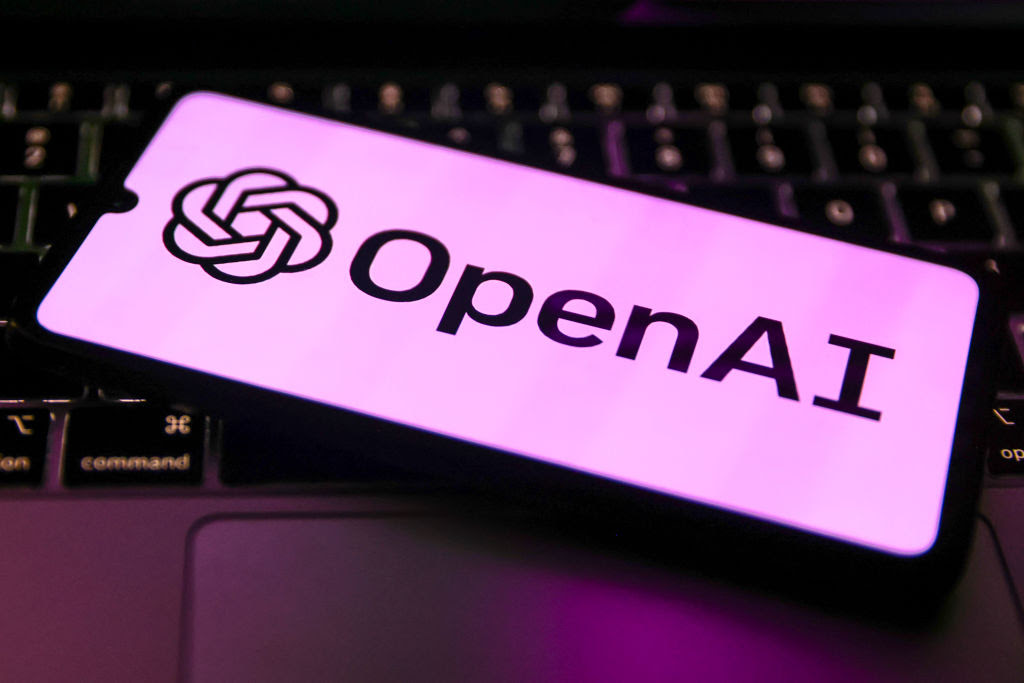Version 36.0

Written & Compiled by Macklin Andrick, GPJ Sr. Creative Technologist
GPJ’s Experience Technology practice is your trusted guide through the latest technological shifts and how they might benefit your next experience. Another week, another opportunity to explore some of the weird and wild things going on in the tech world!
Welcome to this week’s Creative Tech Bytes! Dive into a digital symphony where golf courses meet AI insights at the Masters, and your voice can echo through time with just a 15-second sample thanks to OpenAI. Apple’s Vision Pro brings ghostly avatars into your living room, while YouTube turns your Coachella experience into a sports fan’s dream with NFL-style multi-view action. Buckle up for a journey through the intersection of creativity and technology, where the only limit is your imagination!

Masters adding new AI-generated features from IBM
IBM is set to enhance the Masters golf tournament experience with new AI-generated features through its watsonx platform, including the “Hole Insights” feature, offering unprecedented data on every hole at Augusta National. Available within the Masters app and on its website, this feature will provide real-time and historical data on how each hole is played, drawing from a database of over 170,000 shots spanning eight years. IBM, a long-standing global partner of the Masters, is also introducing Spanish-language narration for its video highlights, expanding on last year’s English-language AI narration. These advancements aim to enrich the global audience’s experience both online and on the app, underscoring IBM’s commitment to integrating technology and sports.
OpenAI’s voice cloning AI model only needs a 15-second sample to work
OpenAI has developed a voice cloning AI model named Voice Engine, capable of generating a synthetic voice from just a 15-second audio sample. This model, which powers ChatGPT’s Read Aloud feature, can replicate a person’s voice in various languages, broadening its applicability across industries such as education, healthcare, and storytelling. Despite its potential, OpenAI has introduced it on a limited scale to companies like Age of Learning and HeyGen, focusing on ethical use and safeguarding against misuse. The development highlights OpenAI’s commitment to advancing AI responsibly, including implementing safeguards like requiring consent for voice cloning and watermarking audio to trace origins. This initiative reflects broader efforts to manage the ethical implications of AI voice technology, amidst concerns over misuse and the importance of informed consent.


Apple’s Spatial Personas for the Vision Pro bring your FaceTime callers into the room
Apple has unveiled an upgrade to the Vision Pro headset, introducing “Spatial Personas,” a feature enhancing the realism of avatars during FaceTime calls and other multiuser applications. This development transforms digital avatars to look more lifelike, akin to floating, animated portraits, by utilizing a 3D face scan for avatar creation. Unlike the static 2D representations previously used, these new avatars can mimic real-time head, mouth, and hand movements, fostering a sense of presence within the digital space. Despite their somewhat ghostly appearance, Spatial Personas aim to make interactions feel more personal, allowing for dynamic movement and interaction within the virtual environment. This feature supports more immersive collaboration and social experiences, although it walks the fine line of the uncanny valley, which some users may find unsettling. The feature is in public beta and is compatible with the latest version of visionOS, indicating Apple’s ongoing efforts to refine and enhance the user experience in augmented reality.
YouTube is bringing NFL-style multiview to Coachella 2024’s livestream
YouTube is set to enhance the Coachella 2024 livestream experience with the introduction of Multiview, a feature allowing viewers to watch up to four stages simultaneously, a concept familiar to NFL Sunday Ticket users. This advancement permits festival goers to switch audio feeds and engage more interactively with the event from home, via any YouTube TV app, without requiring a YouTube TV subscription. Amidst slower ticket sales for Coachella this year, YouTube’s partnership with the festival aims to capture and engage a broader audience by offering free access to the festival’s performances across two weekends in April. This move could potentially attract more viewers online, compensating for the decreased physical attendance and generating significant ad revenue through the platform’s exclusive livestreaming rights.YouTube is set to enhance the Coachella 2024 livestream experience with the introduction of Multiview, a feature allowing viewers to watch up to four stages simultaneously, a concept familiar to NFL Sunday Ticket users. This advancement permits festival goers to switch audio feeds and engage more interactively with the event from home, via any YouTube TV app, without requiring a YouTube TV subscription. Amidst slower ticket sales for Coachella this year, YouTube’s partnership with the festival aims to capture and engage a broader audience by offering free access to the festival’s performances across two weekends in April. This move could potentially attract more viewers online, compensating for the decreased physical attendance and generating significant ad revenue through the platform’s exclusive livestreaming rights.


Introducing Stable Audio 2.0
Stable Audio 2.0 ushers in a new era of AI-generated audio, offering unprecedented quality and creative possibilities. This model can generate full musical tracks with a coherent structure, lasting up to three minutes at 44.1kHz stereo, directly from natural language prompts. It introduces innovative audio-to-audio generation, allowing users to transform uploaded samples into a broad spectrum of sounds using descriptive language. This upgrade, built upon a licensed dataset from the AudioSparx music library, emphasizes respect for creators through an opt-out option and fair compensation practices. With features like full-length track generation, style transfer, and enhanced sound effect creation, Stable Audio 2.0 expands the creative toolkit for artists and musicians, ensuring compliance and copyright respect through partnerships with content recognition technologies. Available now for free on the Stable Audio website, this model represents a significant leap forward in AI music generation, providing both inspiration and a platform for artists to explore new audio landscapes.
Don’t like your DALL-E images? OpenAI now lets you edit them.
OpenAI has introduced an editor interface for DALL-E, enhancing user interaction by allowing detailed edits to AI-generated images through text prompts. Users can now fine-tune their creations by specifying changes for selected parts of an image or applying broader adjustments to the overall picture. This development, aimed at increasing satisfaction and flexibility, reflects the growing importance of user input in the AI creative process. With AI-generated imagery becoming more prevalent in various media, this new feature positions DALL-E as a more versatile tool in the competitive landscape of image generators, alongside advancements in other multimedia AI technologies by OpenAI.

More Cool Stuff We Found
- FCC will vote on restoring net neutrality rules
- Zero UI: What it is and its modern use cases
- Atari 2600+ review: retro analogue design makes an almost excellent comeback
- Europe’s space agency prepares to blot out the Sun
- Waymo self-driving cars are delivering Uber Eats orders for first time
- How to get things done as a busy generalist
- Revolutionary Brain Cap Enables Mind-Controlled Video Game Play
- Empathic AI voice
Missed a Creative Tech Byte? Find all previous versions here.